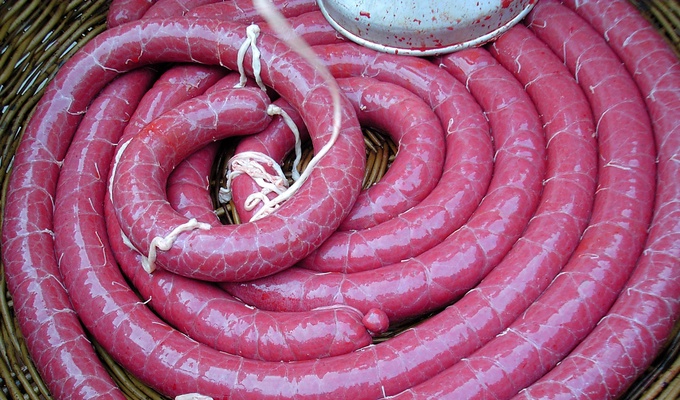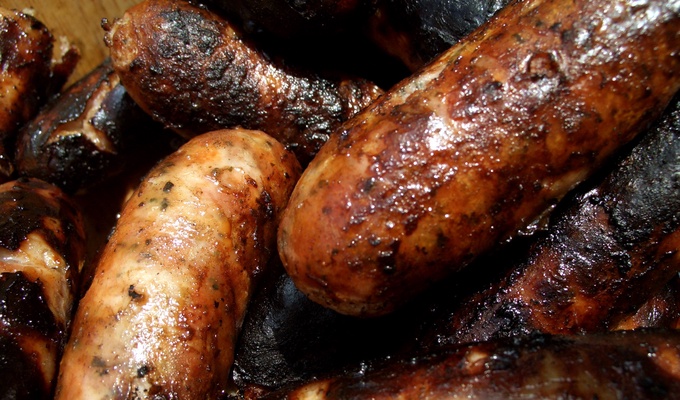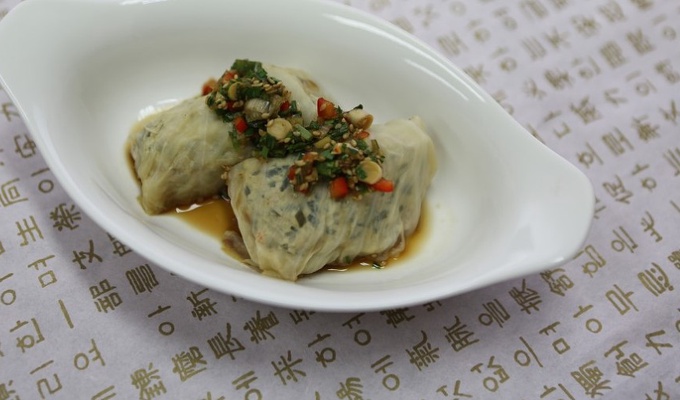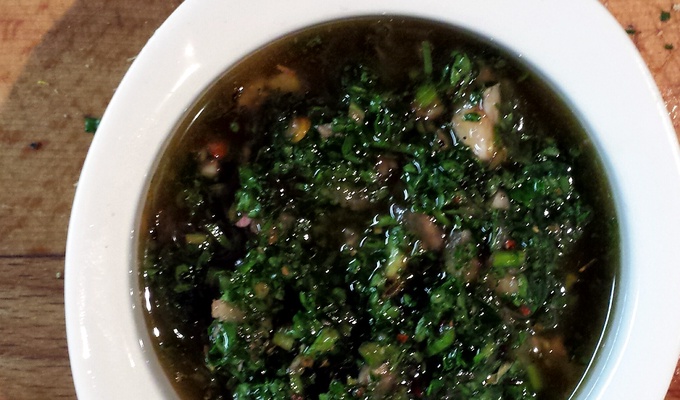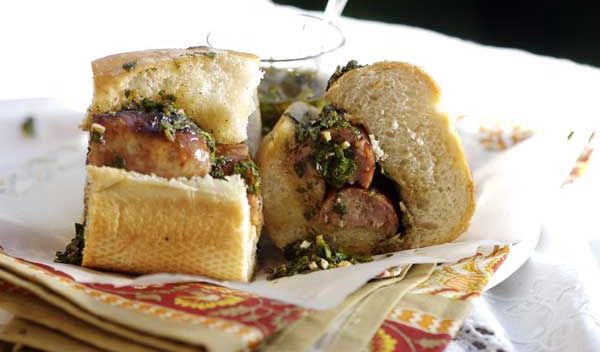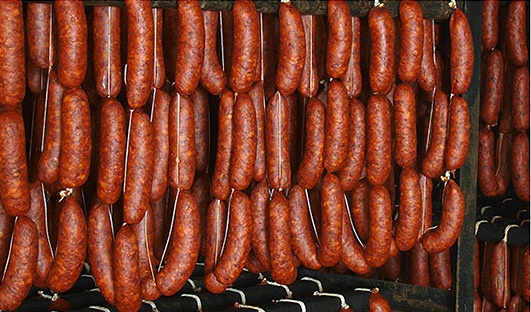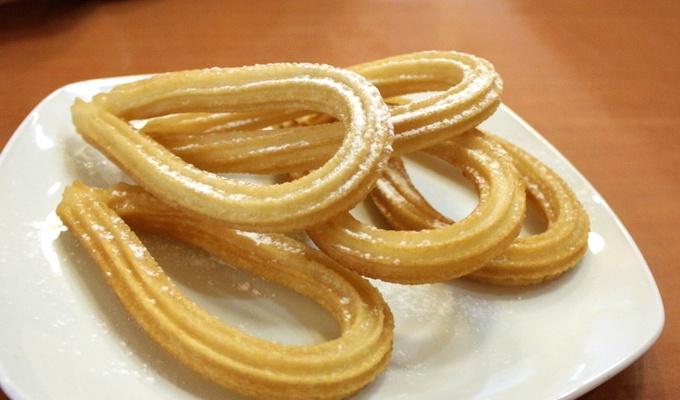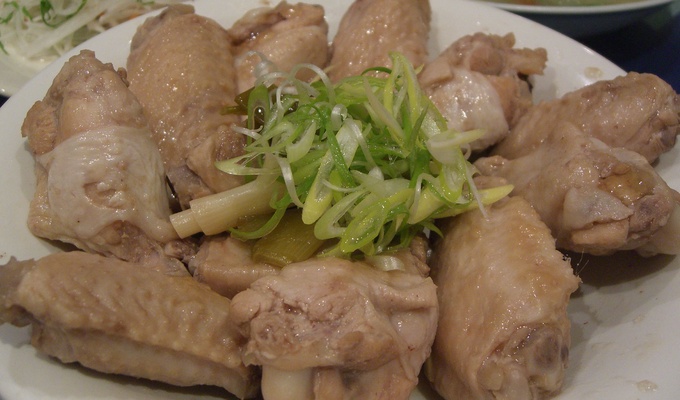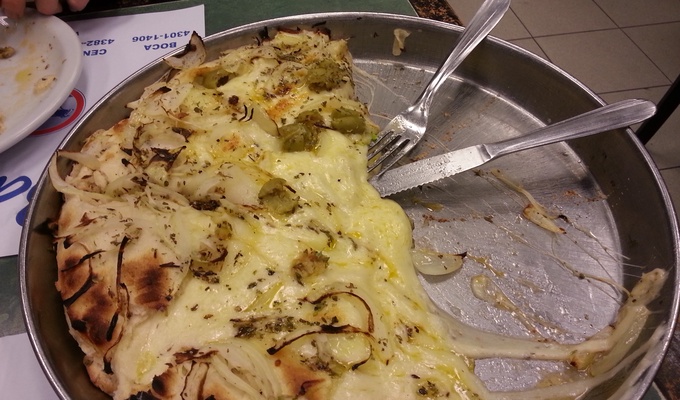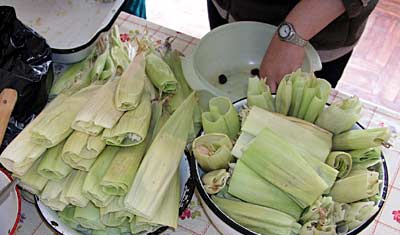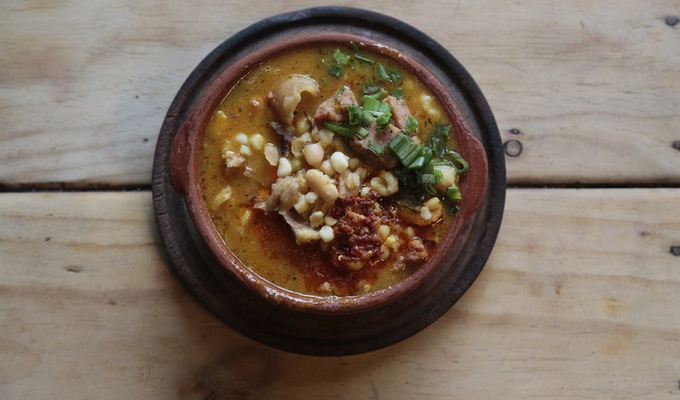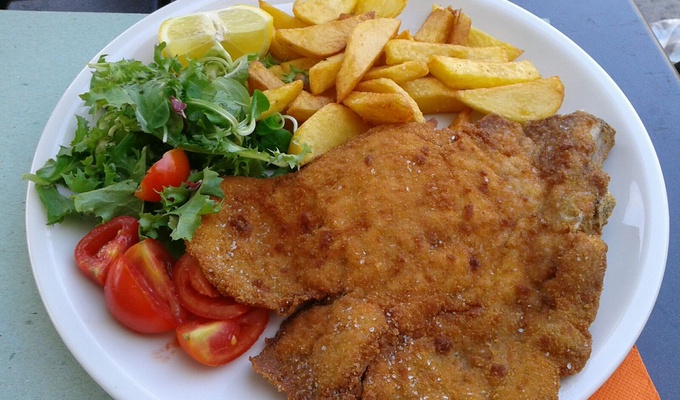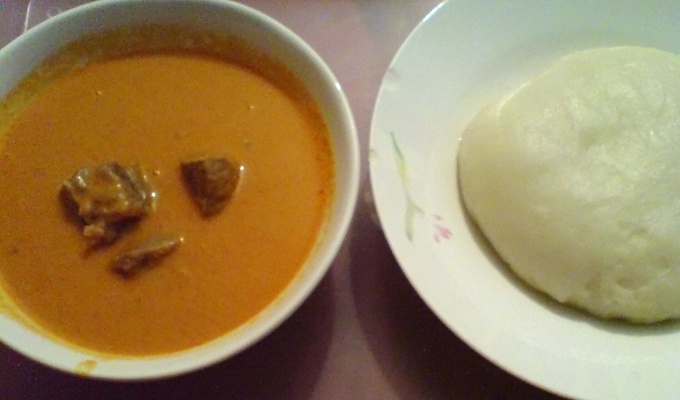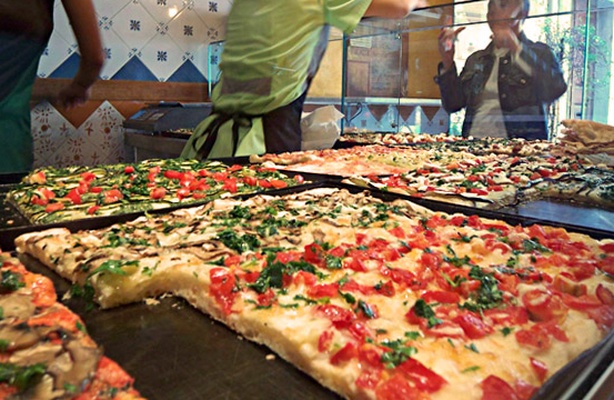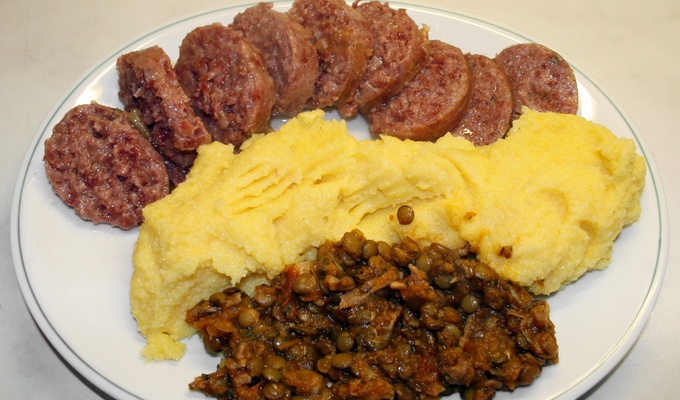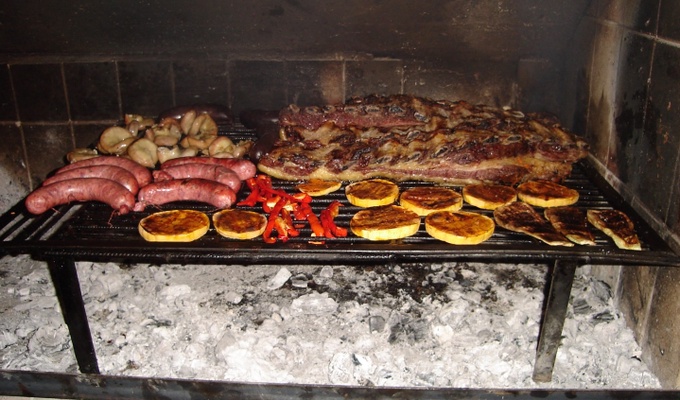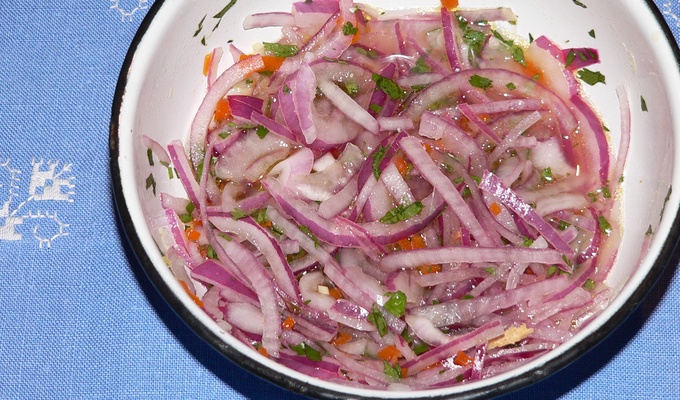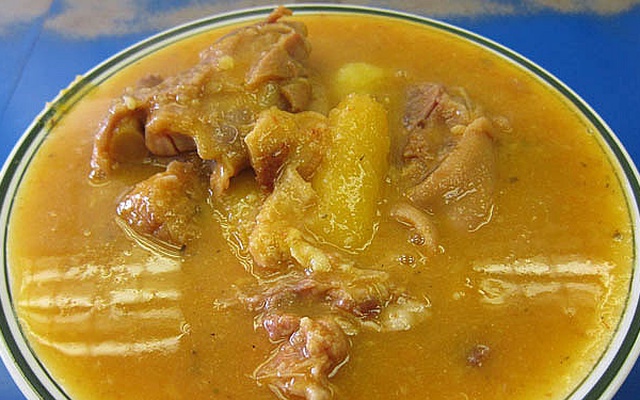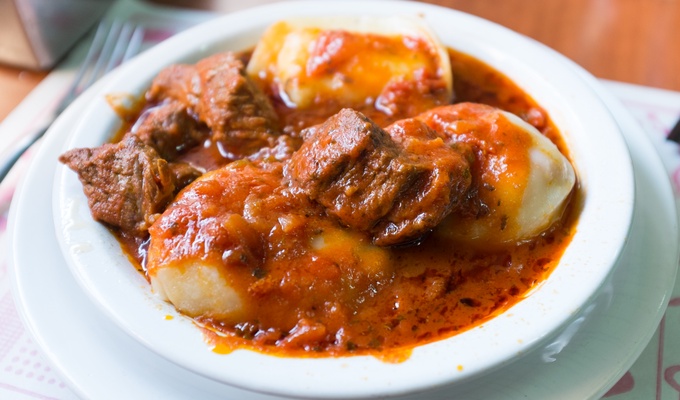Argentine cuisine is described as a cultural blending of Mediterranean influences brought by the Spanish during the colonial period and, later, by Italian and Spanish immigrants to Argentina during 19th and 20th centuries, with influences from a further cultural blending of criollos with the Indigenous peoples of Argentina .
Argentine annual consumption of beef has averaged 100 kg (220 lbs) per capita, approaching 180 kg (396 lbs) per capita during the 19th century; consumption averaged 67.7 kg (149 lbs) in 2007.
Beyond asado (the Argentine barbecue), no other dish more genuinely matches the national identity. Nevertheless, the country's vast area, and its cultural diversity, have led to a local cuisine of various dishes.
The great immigratory waves consequently imprinted a large influence in the Argentine cuisine, after all Argentina was the second country in the world with the most immigrants with 6.6 million, only second to the United States with 27 million, and ahead of other immigratory receptor countries such as Canada, Brazil, Australia, etc.
Argentine people have a reputation for their love of eating. Social gatherings are commonly centred on sharing a meal. Invitations to have dinner at home are generally viewed as a symbol of friendship, warmth, and integration. Sunday family lunch is considered the most significant meal of the week, whose highlights often include asado or pasta.
Another feature of Argentine cuisine is the preparation of homemade food such as french fries, patties, and pasta to celebrate a special occasion, to meet friends, or to honour someone. Homemade food is also seen as a way to show affection.
Argentine restaurants include a great variety of cuisines, prices, and flavours. Large cities tend to host everything from high-end international cuisine, to bodegones (inexpensive traditional hidden taverns), less stylish restaurants, and bars and canteens offering a range of dishes at affordable prices.




